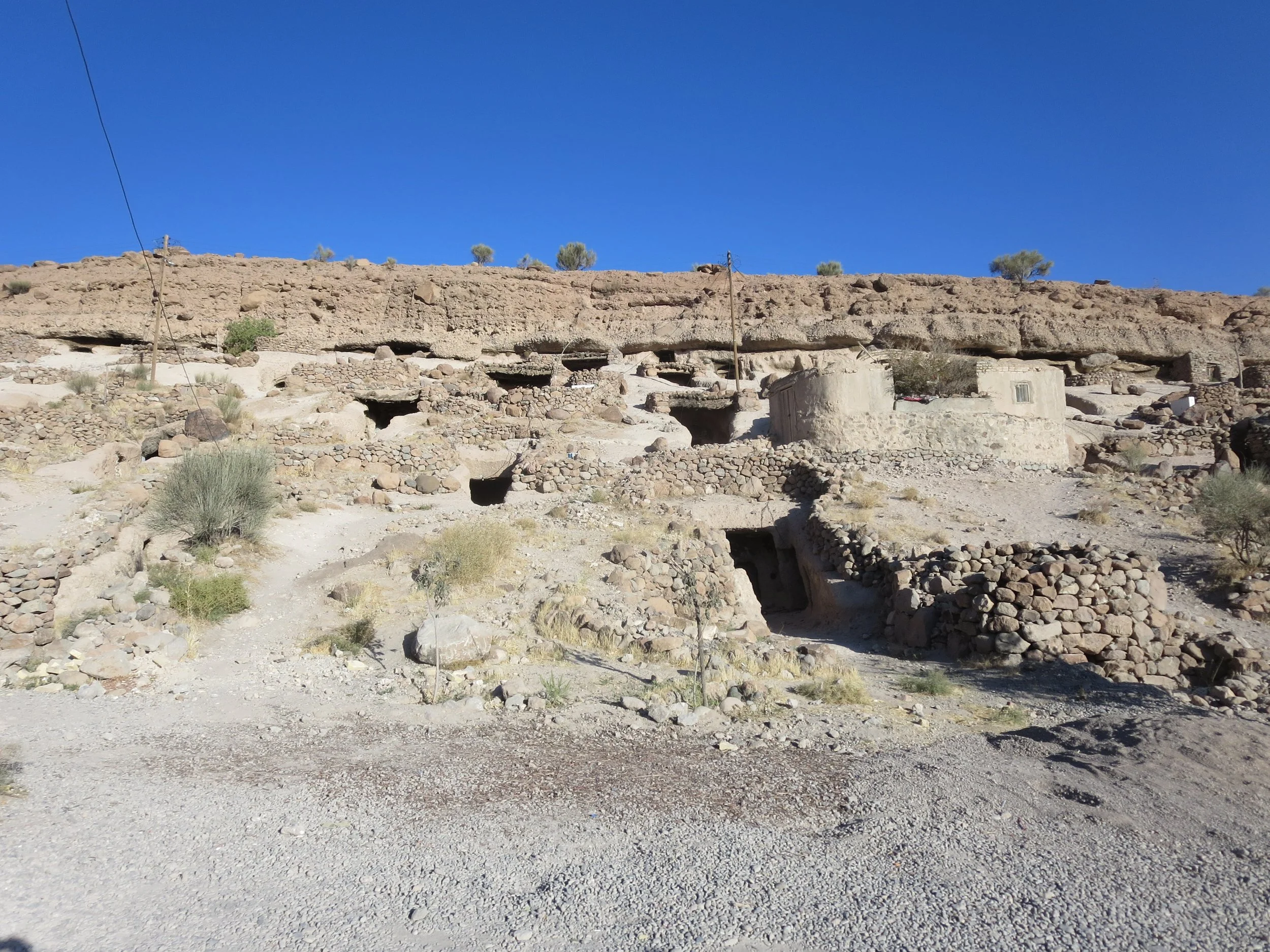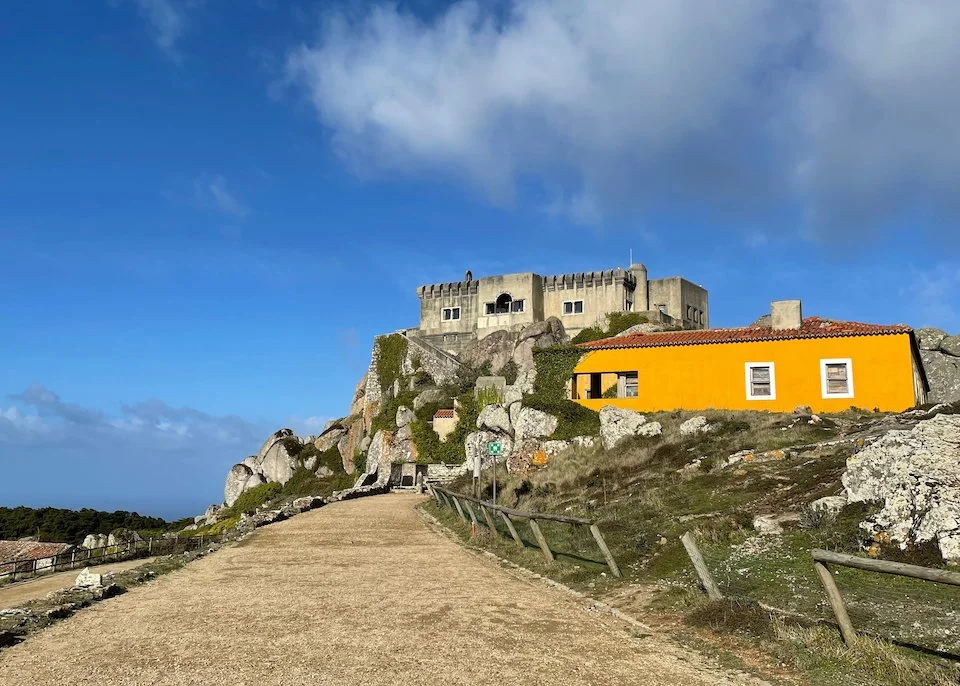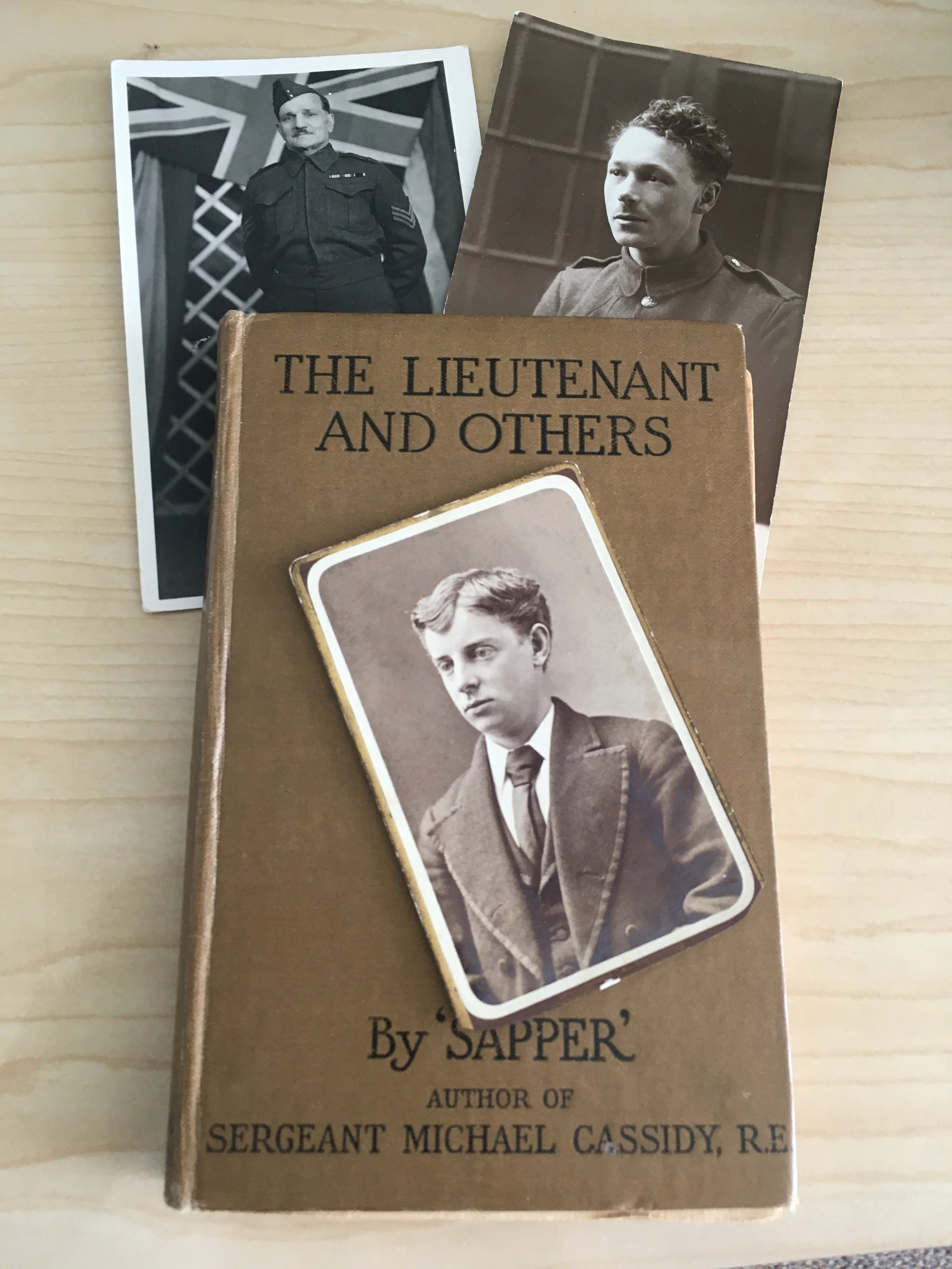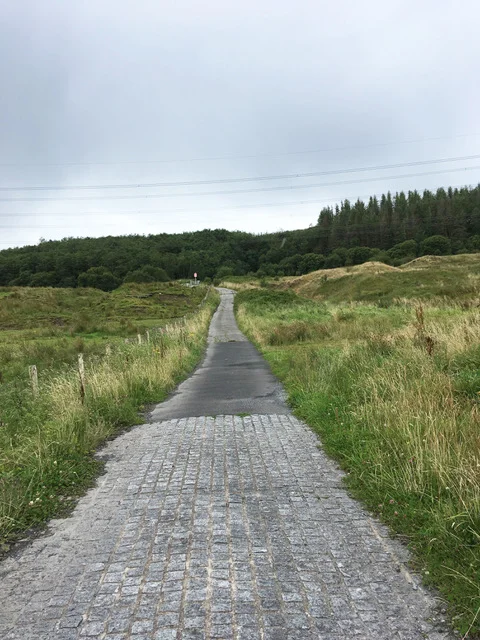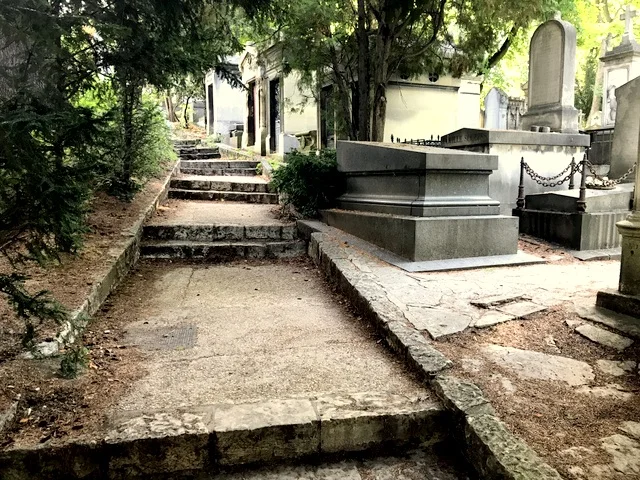David Devine recounts an unexpected cave-dwelling adventure in Maymand, Iran, a UNESCO World Heritage Site. Despite the challenges of cramped caves, basic amenities, and a cold night's sleep, Devine embraces the unique experience, immersing himself in the cave community's history, hospitality, and charm. From the homemade bread to sharing stories with the locals, his stay in Maymand leaves a lasting impression.
All in Historic Travel
Manzanar: Heartbreak and Beauty
Manzanar War Relocation Center was not on anyone's travel itinerary in 1942 when the United States government ordered 11,000 Japanese-Americans to leave their homes to be detained in internment camps. These days, visitors like writer Carolyn Handler Miller come to Manzanar National Historic Site to learn the stories of the people who were important to this place and experience a challenging mix of both injustice and beauty.
A Pirate Adventure In New Orleans
As a child, Carolyn Handler Miller’s favorite Disneyland ride was Pirates of the Caribbean. In her imagination, she saw the audacious and defiant characters as make-believe. Decades later a trip to New Orleans brought the characters to life as she explored Pirate’s Alley, the storied French Quarter passageway once used for smuggling and contraband by the “gentleman pirate” Jean Lafitte.
Miracles at Our Lady of Peninha
When a fear of heights threatens to derail Elyn Aviva from reaching the Sanctuary of Nossa Senhora da Peninha, a place of miracles situated atop a rocky coastal outcrop in Portugal, a stranger appears to help, again and again, at precisely the moments assistance is needed most.
Dead Men Talking
Last spring, three young men - ancestors of hers - drifted into Maureen Magee’s head and took up residence, insisting that she pay attention to them. And because she is a writer, she decided to write about them - a book, a story? What followed was a journey, and a conclusion, she couldn’t have imagined.
Omaha Beach
When a group of study-abroad students in France embarks on a spontaneous long-distance walk to Omaha Beach, they discover that though they may have little in common, the walk was the same.
Time Travel In A Trunk
Buying a piece of furniture rarely reads like a detective story, but when George Bresnick purchased an immigrant trunk in Minneapolis in 1999, he knew that the opening line of a Holmesian saga had been written. Little did he realize that it would take more than 20 years for the tale to unfold.
Sitting on Buddha's Head
It was 1976 and Mike Chambers was in Afghanistan on his way to see a standing Buddha that had been carved out of the walls of a canyon some fourteen hundred years earlier. Not long afterward, Afghanistan slipped back into the chaos it was to suffer for decades. and the experience had faded into memory until, 25-years later when Bamiyan's Buddha appeared in a TV news post.
Following Elen of the Ways across Wales
Inspired by a visionary encounter with the goddess Elen of the Ways, author Elyn Aviva and her husband set off on a spiritual trek across Wales with little more than synchronicity, symbols, and signs to guide their way.
Lipstick Kisses, Chewing Gum and Terrorism in Paris
For expat Keith Digby, the tragedy of the French terrorist attacks turned unexpectedly personal during a visit to Père Lachaise Cemetery, Paris' best-known resting place.
The Horror Of Hiroshima
Executive editor Judith Fein went to Hiroshima, Japan, where the first nuclear bomb was dropped. As nuclear threats are once again appearing in the news cycle, Fein reminds us about what a nuclear bomb and its aftermath were really like.
Dragon’s Blood, Books, and Dance in Barcelona
Barbara Wysocki celebrates Catalonia's patron saint in Barcelona on a day that also recognizes a noble dragonslayer and marks the deaths of two literary lions. With a potpourri of bookish events, roaming musicians, and a chance to dance, she gets swept into the magic of past and present.
Looking for Gratitude on the Cornish Saints Way
Not every trip goes as planned. When writer Elyn Aviva and her husband embark on a pilgrimage of gratitude, unexpected obstacles reveal even more reasons to be grateful.
Brexit: A View from Inside England
American expats, Gary White and his wife Elyn Aviva traveled from Spain to the UK for a vacation and found themselves in the middle of a festival and the big Brexit vote and aftermath.
Misled on St Michael’s Way, Cornwall
by Elyn Aviva
It took nearly 11 years and three attempts for my husband, Gary, and me to complete the 12-mile-long St Michael’s Way across the southern tip of Cornwall. That’s a rather long time for a short walk—probably a record of some sort. And even though we ended up hiking more than 12 miles, we never did manage to walk the middle five.
But we persevered, although we were misled every step of the way.
12 SURPRISING THINGS I LEARNED ABOUT SLAVERY IN LOUISIANA
by Judith Fein
Around the world, viewers and readers are transfixed by the racism dialogue that has transformed from a whisper to a scream in America. It took atrocities, murders, abuse to reach the point where black Americans are being heard. They are refusing to take it any more.
And in my heart, I think the roots of this racism are in slavery. I thought I had a basic grasp of the subject until I went to Louisiana and discovered 12 surprising—sometimes shocking--things I learned that I wanted to share with you.
If Only The Teachers Could See Me Now
I had to step back a few feet to get a glance of the Scott Monument from the ground up to the spire. It was terrifying and made me rather dizzy. (It reminded me of the time back in junior high when I froze at the top of a five-tier bleacher and it took a couple of teachers at least an hour to get me down.)
I was in my last full day of strolling around the streets of Edinburgh, taking in the remaining major attractions I wanted to see before leaving. For several days since my arrival, I had walked past the awe-inspiring gothic tribute to the famous Scottish author Sir Walter Scott. Located in the Princes Street Gardens, the monument, a cathedral-like structure, towers well above the other buildings on Princes Street and the surrounding area. This stunning piece of art, made from Binny sandstone, stands two hundred feet six inches tall, with a spiral staircase of 287 steps.
My Father's Syria
Growing up in a suburb of Washington, D.C., I knew only bits and pieces of my dad’s life in the years before he became my dad.
I knew that both sides of our family came from an orthodox Jewish community in Syria (we ate delicacies like fried kibbehs, stuffed grape leaves and baba ghanoush, long before these foods hit the mainstream, and men sang Arabic songs at the Passover seder).
The year is 1645. The most virulent strain of the Bubonic Plague has immobilized Edinburgh, Scotland, claiming the lives of more than half the city’s population. The area hardest hit: Mary King’s Close on High Street, a busy thoroughfare and lively 17th century street of pubs, shops and residences. Cries of suffering have replaced the friendly chatter, and the stench of death, the pungent aroma of tea and scones.
The place, the time, the horror have been resurrected as one of Edinburgh's most unusual attractions. Archaeologically and historically accurate, the alleys you walk upon, the rooms you visit, the stories you hear are real. This is not a recreation; it is a resurrection of what already existed so many centuries ago.
Beneath the City Chambers on Edinburgh’s famous Royal Mile, lies Mary King’s Close, a series of narrow, winding side streets with multi-level apartment houses looming on either side, which has been hidden for many years. In 1753, the houses at the top of the buildings were knocked down to make way for the then-new building. Parts of the lower sections were used as the foundation, leaving below a number of dark and mysterious underground alleyways steeped in mystery -- and misery.
